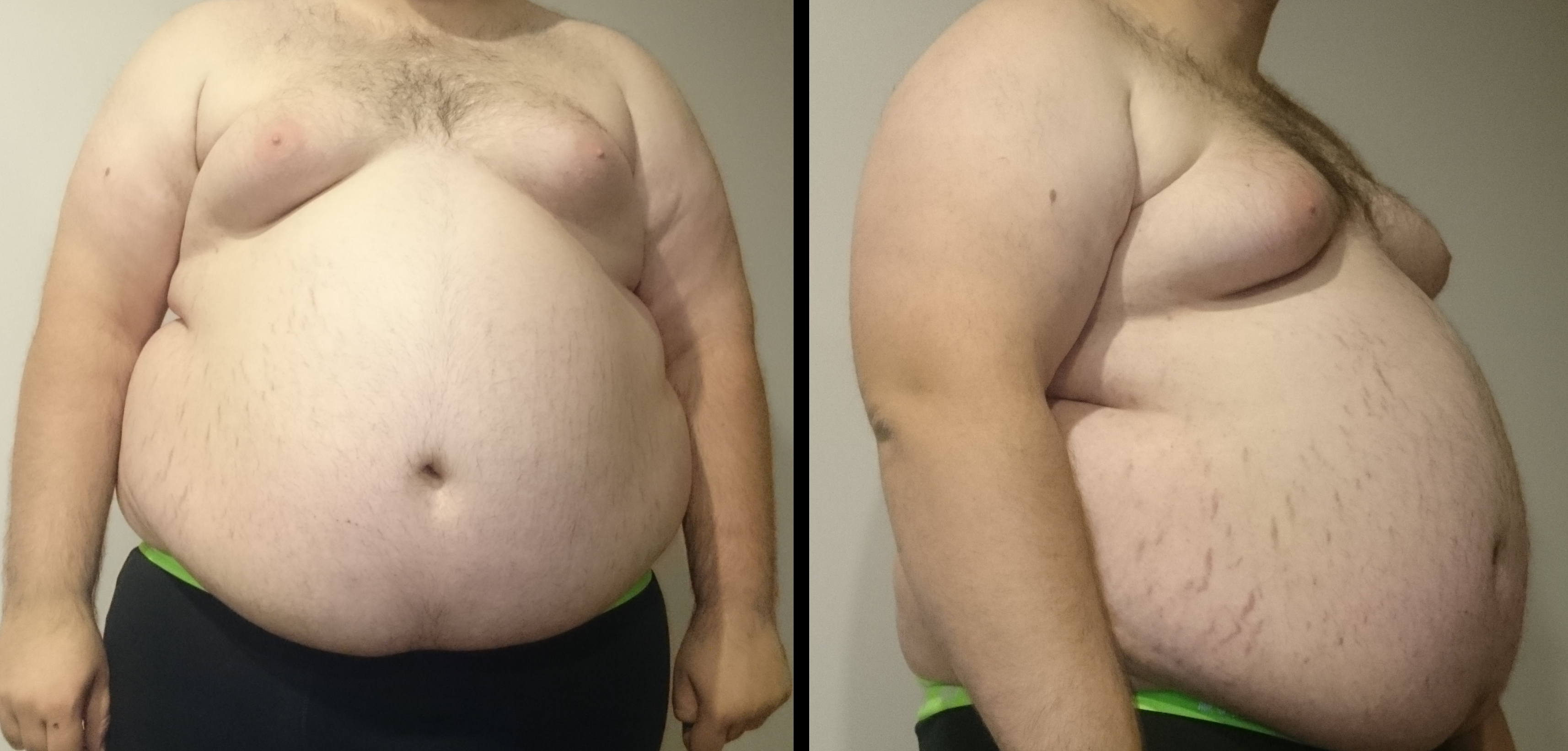Cholesterol in itself is not bad and is actually essential for the body to function properly. From the Ayurvedic Perspective, the production of cholesterol does not necessarily need to be reduced but needs to be balanced.
When the digestion is balanced and healthy, the body produces the right amount of cholesterol–in the right proportion, to nourish the body.
When digestion, assimilation and elimination are balanced, our doshas and all the tissues form a balance too. Ayurveda talks about Meda Dhatu (lipid tissue) and explains how to maintain a healthy quantity and quality of this fat in the body. When Meda dhatu is balanced and healthy, it subsequently helps to maintain balanced cholesterol.
Concept of Cholesterol in Ayurveda
Ayurveda highlights the importance of metabolic processes in disease management. “Agni” [the digestive fire], is the term used in Ayurveda for defining all the bodily metabolic actions.
Metabolic processes maintain the normal quantity, quality, and functions of the Doshas and tissues (Dhatu). From the ayurvedic perspective, ama, or toxins in the fat tissue, cause the harmful kind of cholesterol. Ama, the sticky, foul-smelling waste product of improper digestion, can block the channels of the body.
When ama is not cleared from the system, it starts to spread throughout the body. When this ama mixes with the fat tissue, it damages the channels of the body and leads to problems such as high cholesterol, heart disease, and high blood pressure.
Ama is the primary cause of all metabolic disorders in Ayurveda. Once formed it is capable of obstructing the metabolic pathways and causing diseases. Cholesterol is considered as one such product that originates due to metabolic weakening in the GI tract and fat tissue (Meda).
Managing High Cholesterol with the help of Ayurveda
The Ayurvedic approach to hypercholesterolemia involves methods to increase the digestive fire to digest the ama, regulating assimilation and elimination and controlling the causative factors. Many herbs are used for the management of Meda dhatu.
Therefore–
- Reduce the contributing factors
- Increase metabolic activity
- Normalize assimilation and elimination aspects of digestion process
The strength of the digestive fire is needed for the tissues to be properly formed, including the fat tissue. When the production of Meda dhatu is disturbed, the quantity (amount and proportion) and quality (contents) of Meda dhatu are also disturbed.
If the liver becomes overloaded with toxins, physical and environmental factors, its functioning can become compromised. When this happens, it disturbs the digestive fire (Agni). This results in imbalance in Meda dhatu.
Causes of improper digestion–
Improper digestion is caused due to —
- mental,
- physical and
- environmental issues.
Mental causes include too much mental activity and emotional factors such as anger, worries, sorrow, and greed.
Physical causes include eating too much, eating too little, and eating “wrong” food, eating before the previous meal is digested, eating at irregular times of day, eating when suffering from indigestion, constipation, suppressing natural urges, and emaciation.
Environmental causes include eating the wrong foods for the season, as well as eating foods polluted with pesticides and other toxins.
Herbs used–
Ayurvedic herbs are used for managing cholesterol and producing healthier fat tissue and balance cholesterol production are Bhumi, Amalaki, Guduchi, Indian Sarsaparilla, Triphala, Trikatu, Guggul, Turmeric, Shilajit and Manjistha. Each of these help with bile secretion and purify the blood and muscle tissue.
Diet and lifestyle tips for lowering cholesterol
The general guideline is to follow a light Kapha-pacifying diet because those foods will help increase fat metabolism without creating much dryness in the body. A Kapha-pacifying diet is typically having bitter and pungent foods. And avoiding sweet, sour, and salty foods.
- Avoid cheese, fatty food, and processed foods.
- Reduce sweets and cold foods.
- Include more millets, quinoa, oatmeal, apples, grapefruit, and almonds to reduce cholesterol.
Lifestyle Changes–
*It is good to follow a Kapha-pacifying routine. This includes exercising every day. Exercise balances the Agni, for metabolizing fat and creating healthy cholesterol.
*Do Yoga asanas and Surya namaskar as part of regular routine.
*Pranayama is also recommended, as helps clean the Srotas [channels].
*The Kapha-pacifying routine discourages sleeping during the day, as this causes the metabolism to slow down.
*Practice meditation. It reduces stress and improves mental clarity.
Madras Institute of Ayurveda [MIA], Chennai, provides successful treatment programs for an entire spectrum of diseases. Talk to us to know more about Cholesterol Levels with the Help of Ayurveda at Madras Institute of Ayurveda , Chennai. MIA has a full-fledged out-patient department with facilities for consultation in different specialties. It also possesses an in-patient department with proper and well-equipped Panchakarma theatres.
So, connect with us at www.miayurveda.org for more information.












